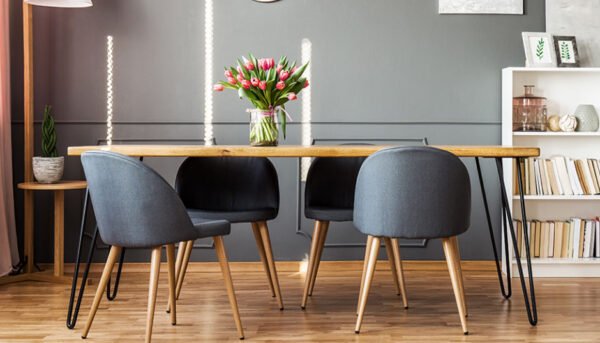How to Detect Hidden Leaks in Your Home and Avoid Costly Repairs

Having a hidden leak in your home can be a major headache, both financially and emotionally. Not only does it cause damage to your property, but the thought of having to deal with costly repairs can also be overwhelming. Calling a plumbing company to come and fix the issue can also be an added expense that you may not have budgeted for. That’s why it’s essential to detect hidden leaks early on before they become a bigger problem.
But how exactly do you detect hidden leaks in your home? Here are some tips to help you identify and avoid costly repairs:
Check Your Water Meter
One of the easiest ways to detect a hidden leak is by checking your water meter. Start by turning off all the faucets and appliances in your home that use water, including any irrigation systems. Then, take note of the meter reading. After about an hour or two, check the meter again. If the reading has changed, even though no water has been used, you likely have a hidden leak somewhere in your home.
Monitor Your Water Bill
Another way to detect a hidden leak is to monitor your water bill. A sudden increase without changing your water usage clearly indicates a possible leak. Keep track of your monthly bills to spot any unusual patterns that may indicate a hidden leak.
Look for Signs of Water Damage
Hidden leaks often cause water damage in various parts of your home. Look for areas with peeling paint, stains on walls or ceilings, and warped floorboards. These are all signs of water damage and could indicate a hidden leak. You should also check under sinks, behind appliances, and in your basement for any visible signs of leaks.
Conduct a Dye Test
Another effective way to detect a hidden leak is by conducting a dye test. Start by turning off all the water sources in your home, including any irrigation systems. Then, add a few drops of food coloring to your toilet tank and wait about 30 minutes. If the color appears in your toilet bowl, then it’s likely that you have a leak.
Seek Professional Help
If you’ve followed these steps and still suspect a hidden leak in your home, call a professional plumbing company. They have the tools and expertise to locate the source of the leak and fix it before it causes any further damage.
It’s crucial to address hidden leaks as soon as possible to avoid costly repairs. Regularly checking your water meter and bill, looking for signs of water damage, conducting dye tests, and seeking professional help are all important steps in detecting and preventing hidden leaks in your home. By staying vigilant and taking quick action, you can save yourself from the stress and expense of dealing with a major plumbing issue. So keep an eye out for potential leaks, and always contact a trusted plumbing company for assistance when needed.



